Imagine bringing home a new cat, your heart full of hope for cuddles and purring companionship—only to find your feline friend isn’t interested in the typical lap-cat routine. Maybe she hides under the bed, keeps her distance, or shows affection in ways that leave you scratching your head. It’s not rejection; it’s just a different way of loving. Supporting a cat that bonds differently can be both a challenge and a remarkable journey. If you’ve ever wondered if your cat truly loves you, or felt lost when your pet’s affection doesn’t match your expectations, you’re not alone. Let’s unravel the mystery together and discover how to connect with cats on their unique terms—because every cat deserves to feel understood and cherished.
Recognizing Unique Feline Bonding Styles

Every cat is a world of their own, and not all of them want to be the center of attention. Some cats show love from across the room, while others are glued to your side. It’s important to recognize that your cat may not fit the “typical” mold, and that’s perfectly okay. Look for subtle signs—like slow blinks, gently following you from room to room, or bringing you a favorite toy. These are all forms of feline affection, even if they don’t involve snuggling on your lap. Once you start noticing these little gestures, you’ll realize that your cat’s way of bonding is just as meaningful as any other. Understanding these differences is the first step toward a stronger connection with your unique companion.
Understanding the Science Behind Feline Attachment

Cats have a reputation for being aloof, but recent research tells a different story. Studies show that cats can form strong attachments to their human caregivers, much like dogs or even young children. However, the way they express attachment can be much subtler. Some cats are “securely attached,” seeking comfort from their humans, while others may be “ambivalently attached,” appearing independent but still needing reassurance. Genetics, early socialization, and past experiences all play a role in shaping how a cat bonds. By understanding that bonding differences are rooted in feline biology, you can better appreciate your cat’s emotional world and respond to their needs with empathy.
Respecting Your Cat’s Boundaries
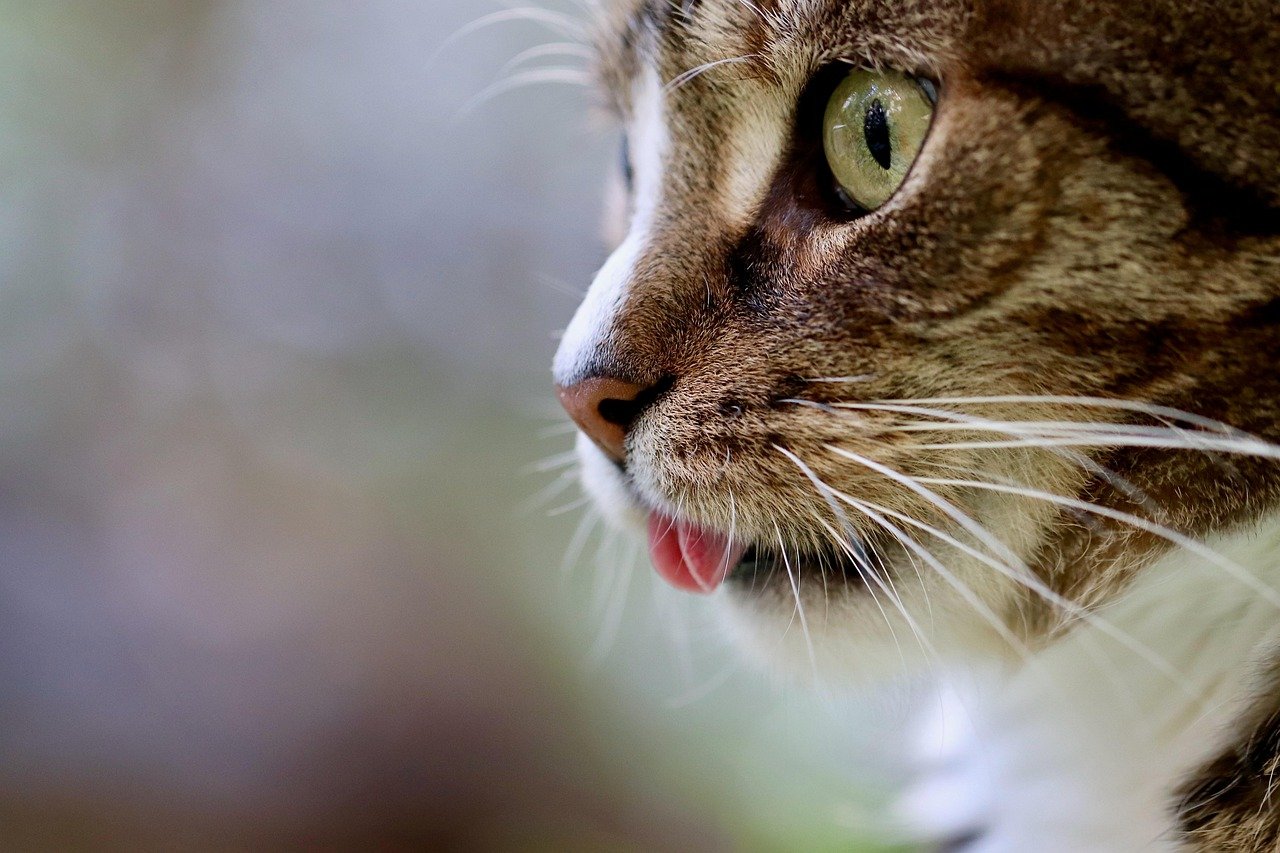
Cats are masters at communicating their comfort zones—if we know how to listen. Some cats will gladly curl up in your lap, while others prefer to observe from a safe distance. It’s crucial not to force affection or invade your cat’s space, as this can erode trust and make them even more withdrawn. Watch for cues like flattened ears, swishing tails, or tense bodies, which signal that your cat needs a break. Giving your cat the freedom to approach you on their terms helps build a foundation of trust. Over time, your patience will be rewarded with moments of connection that feel all the more special because they’re freely given.
Creating a Safe and Comfortable Environment

A cat that bonds differently often thrives in a calm, predictable environment. Loud noises, sudden changes, and unfamiliar guests can be overwhelming for sensitive felines. Set up cozy hiding spots, soft blankets, and elevated perches where your cat can retreat and observe without feeling exposed. Consider using pheromone diffusers or calming sprays to reduce anxiety. Maintaining a consistent routine for feeding, play, and quiet time also helps your cat feel secure. When your cat knows they have a safe haven, they’re more likely to venture out and engage with you on their own terms.
Learning to Read Cat Body Language

Cats “speak” with their bodies, and understanding their subtle signals is key to supporting a cat who bonds differently. A relaxed tail, slow blinks, or gentle head bumps are signs of trust and affection. Conversely, dilated pupils, twitching tails, or hunched postures mean your cat is feeling anxious or defensive. Spend time observing your cat in different situations to learn what makes them comfortable or uneasy. This knowledge empowers you to respond appropriately, fostering a sense of safety and respect. Reading your cat’s cues can turn everyday moments into opportunities for deeper connection.
Building Trust Through Positive Interactions

Trust is the foundation of any strong relationship, and with cats, it’s often built in small, everyday moments. Offer treats, speak softly, and use slow, gentle movements to reassure your cat. Avoid sudden gestures or loud noises that could startle them. Interactive toys like feather wands or puzzle feeders can be a great way to engage your cat without physical contact, allowing them to set the pace. Celebrate tiny victories—whether it’s a nose sniff, a brief touch, or simply your cat choosing to nap nearby. Each positive encounter adds a brick to the wall of trust between you and your feline friend.
Embracing Nontraditional Forms of Affection

Not all cats are lap cats, and that’s completely normal. Some show their love by following you from room to room, sitting nearby, or rubbing against your legs. Others might bring you “gifts” like toys or even the occasional (unwanted) bug. Verbal acknowledgments, such as chirps or soft meows, are also signs of connection. Learn to recognize and appreciate these unconventional gestures. By celebrating your cat’s unique way of showing love, you strengthen your bond and affirm their individuality. After all, love isn’t one-size-fits-all—it’s as unique as the cat that gives it.
Encouraging Gentle Play and Enrichment

Playtime is a powerful tool for connecting with cats who are wary of direct affection. Choose toys that mimic prey, like feather wands or motorized mice, to engage your cat’s natural hunting instincts. Let your cat “win” the game occasionally to build confidence and trust. Puzzle feeders and treat-dispensing toys also provide mental stimulation and a positive association with your presence. Rotate toys frequently to keep things interesting and prevent boredom. Play sessions should always end on a positive note, leaving your cat eager for the next round of fun. Remember, play is more than just exercise—it’s a language your cat understands.
Introducing Touch on Your Cat’s Terms
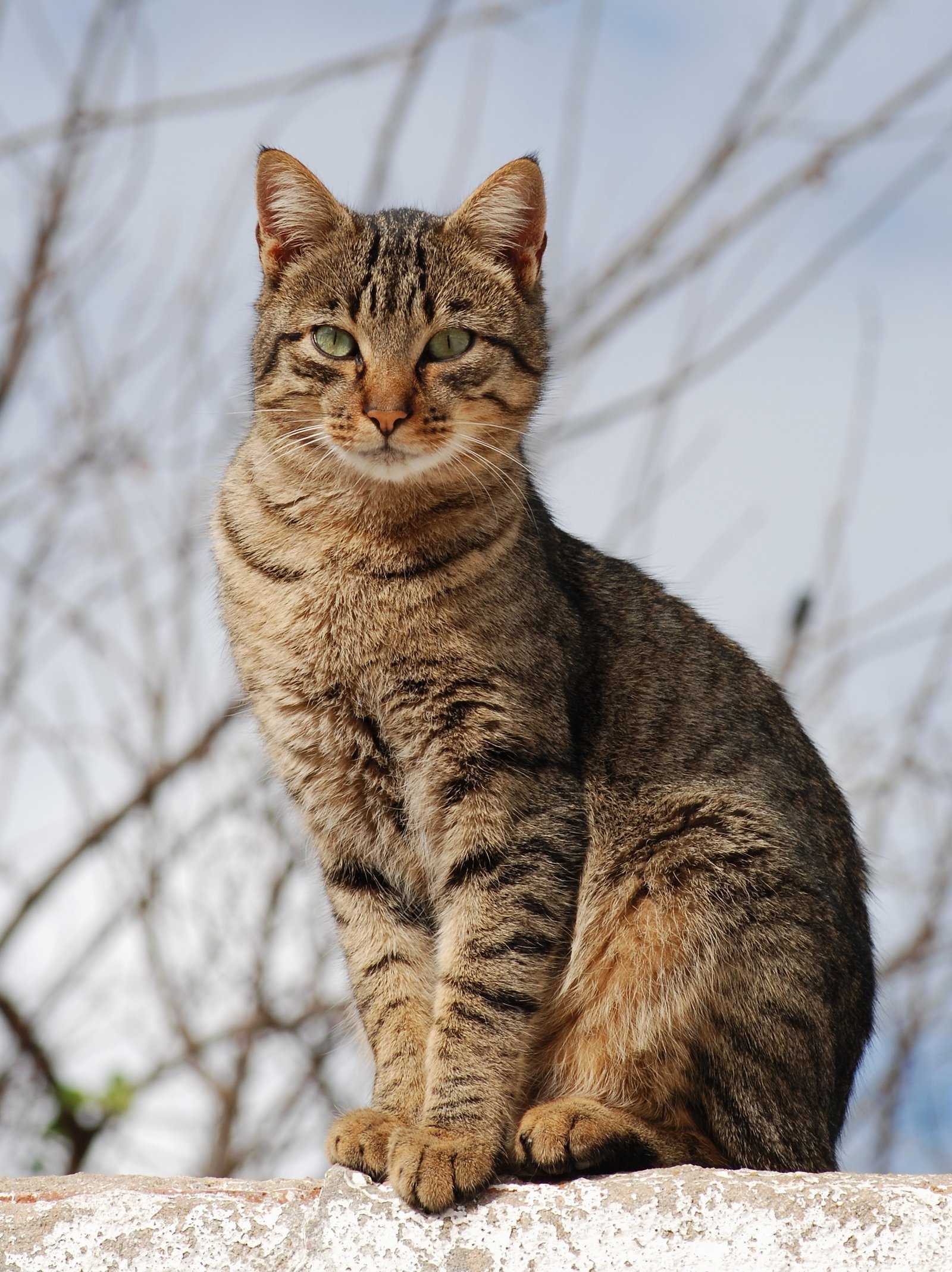
For cats that shy away from petting, it’s important to let them initiate contact. Sit quietly nearby and offer your hand for a sniff, letting your cat decide if and when they’re ready for a gentle touch. Focus on “safe zones” like under the chin or behind the ears, avoiding sensitive areas like the belly or tail. If your cat pulls away, respect their wishes and try again another time. Over weeks or months, your patience may be rewarded with brief but meaningful moments of physical affection. Letting your cat set the pace helps build trust and reinforces that you respect their boundaries.
Managing Multi-Cat Households

If you have more than one cat, you may notice that each feline has their own unique bonding style. Some may be social butterflies, while others are more reserved. It’s essential to provide separate resources—food bowls, litter boxes, and resting spots—to reduce competition and stress. Observe your cats’ interactions and intervene if you notice signs of bullying or tension. Respect each cat’s individual needs, and avoid forcing them to interact if they prefer solitude. Over time, even the most independent cats can find comfort in the presence of their feline housemates—and in you.
Dealing with Past Trauma or Fear
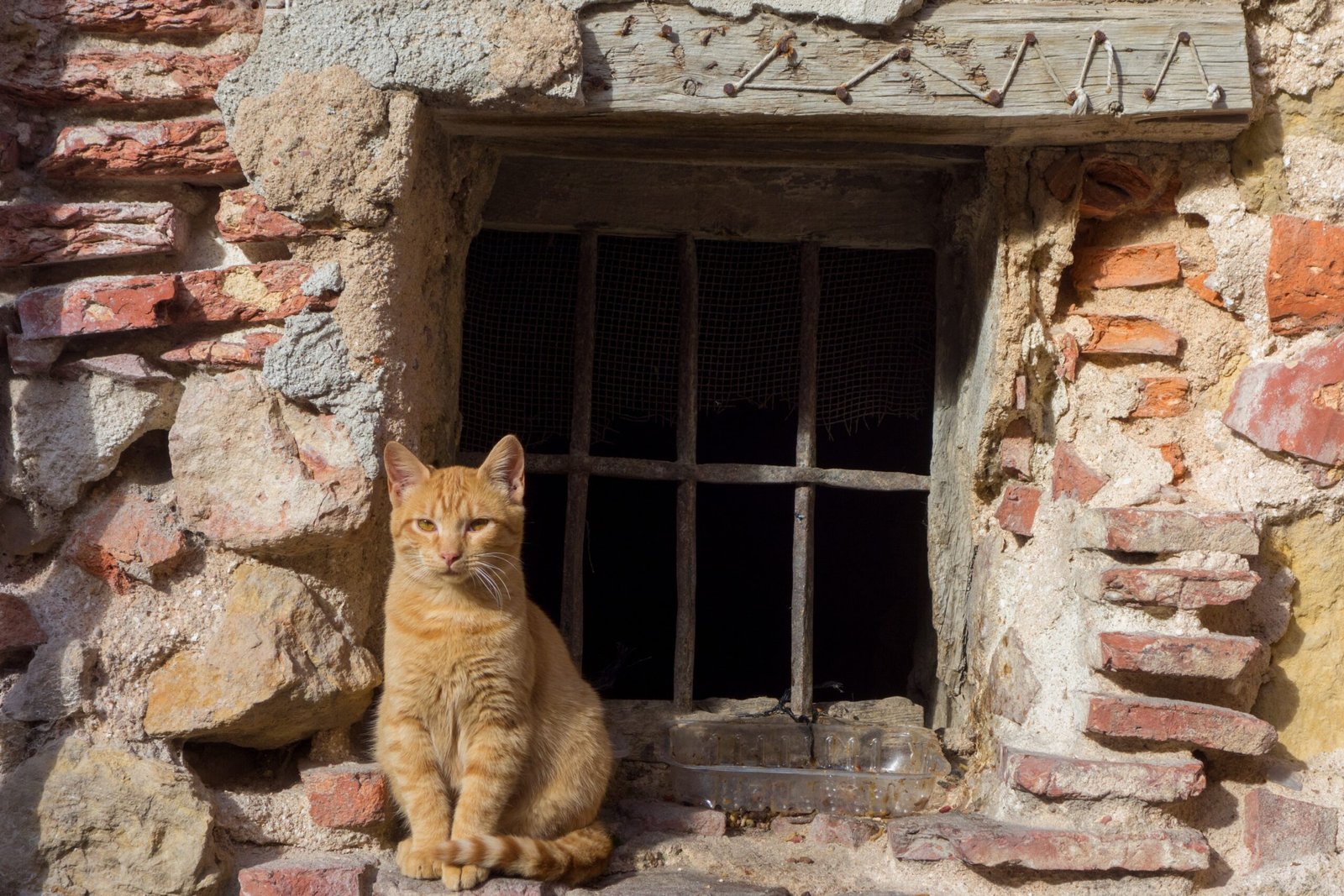
Cats with a history of trauma or neglect often bond differently, displaying fear or distrust toward humans. Recovery is a slow process that requires patience, consistency, and compassion. Start by creating a safe, quiet space for your cat to decompress. Avoid overwhelming them with attention or new experiences. Use positive reinforcement—like treats or praise—for any brave behavior, no matter how small. It can take weeks, months, or even years for a traumatized cat to feel secure enough to bond. Every step forward, no matter how tiny, is a testament to your cat’s resilience and your dedication.
Supporting Senior Cats Who Change Bonding Patterns
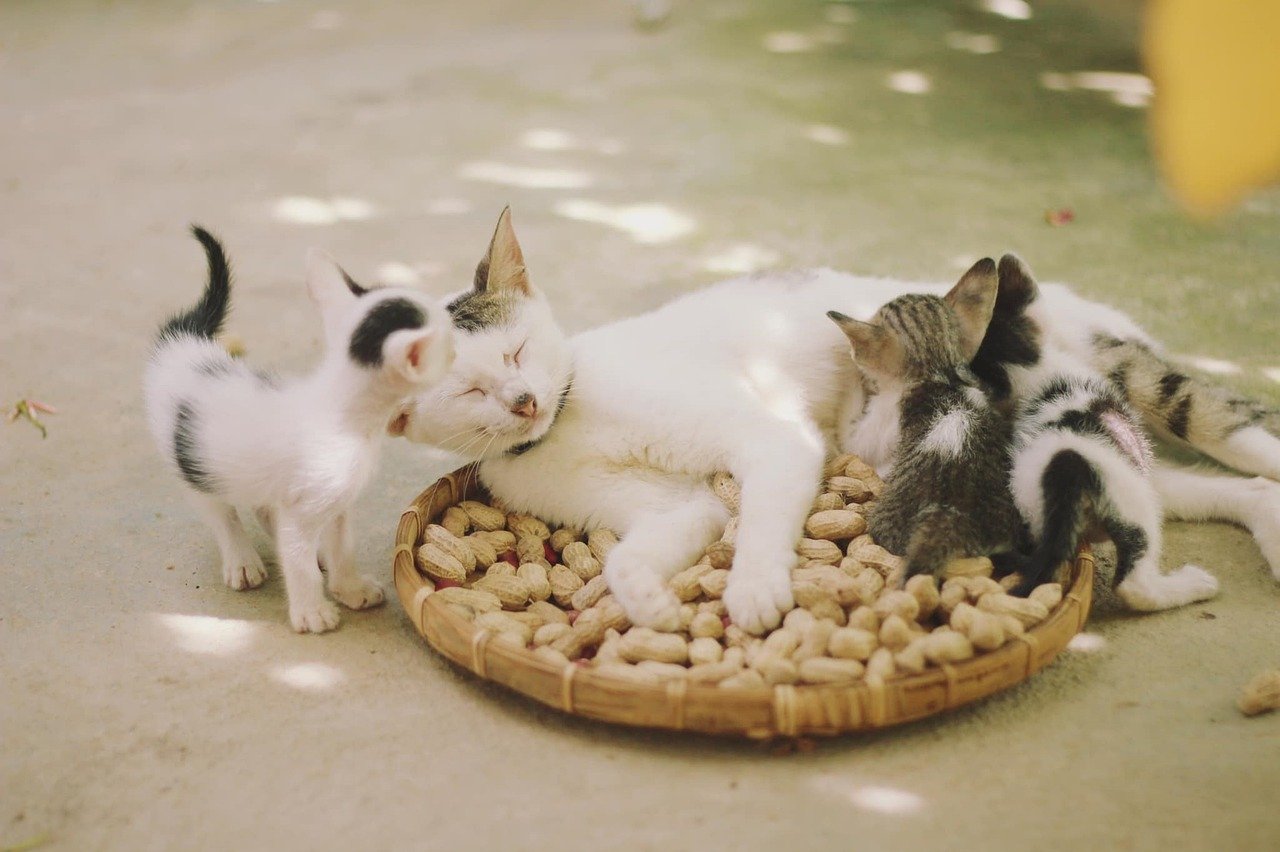
As cats age, their bonding styles can change. Senior cats may become more affectionate or, conversely, more withdrawn due to physical discomfort or cognitive decline. Be attentive to shifts in behavior and adjust your interactions accordingly. Provide easy access to favorite resting spots, gentle petting, and extra patience during grooming or play. Regular veterinary checkups are essential to rule out underlying health issues that could affect your cat’s mood. By honoring your senior cat’s changing needs, you offer comfort and stability during their golden years.
Helping Shy or Reserved Cats Blossom

Shy cats often need extra time to warm up to new people or environments. Let them set the pace, and avoid pressuring them into social situations. Provide plenty of hiding spots, vertical spaces, and quiet areas where they can feel safe. Engage in gentle, indirect play—like tossing a toy near their favorite hiding spot—to encourage exploration. Celebrate every milestone, whether it’s a peek from behind the couch or a cautious approach for treats. With time and patience, many shy cats become more confident and playful, revealing their unique personalities.
Involving the Whole Family in Bond-Building

Cats that bond differently often respond best when everyone in the household is on the same page. Teach children and guests to respect your cat’s boundaries and avoid chasing or grabbing. Encourage quiet, calm interactions and involve family members in feeding, play, or gentle grooming. Consistency builds trust and helps your cat feel safe around everyone. Share updates on your cat’s progress and celebrate successes together. When the whole family participates, your cat’s world feels more predictable and secure.
Respecting Independence and Alone Time

Some cats are fiercely independent and value their alone time. It’s important to respect this aspect of their personality, allowing them space to retreat when needed. Avoid hovering or trying to “fix” your cat’s independence—it’s not a flaw, but a natural trait. Leave doors open to favorite rooms and provide high perches or secluded nooks. Over time, your cat may choose to spend more time with you, knowing they have the freedom to come and go as they please. Independence doesn’t mean a lack of love—it’s just a different way of showing it.
Using Food and Treats to Build Positive Associations

Food is a universal language for cats, and offering treats can help break the ice with a cat that bonds differently. Use treats to reward calm behavior, encourage exploration, or reinforce positive interactions. Try hand-feeding small pieces of chicken or commercial cat treats to build trust. Avoid using food as a bribe or forcing your cat to approach you if they’re not ready. Over time, your cat will associate your presence with good things, making them more likely to seek you out. Treats should be used in moderation, but their power to create positive associations is undeniable.
Recognizing When to Seek Professional Help
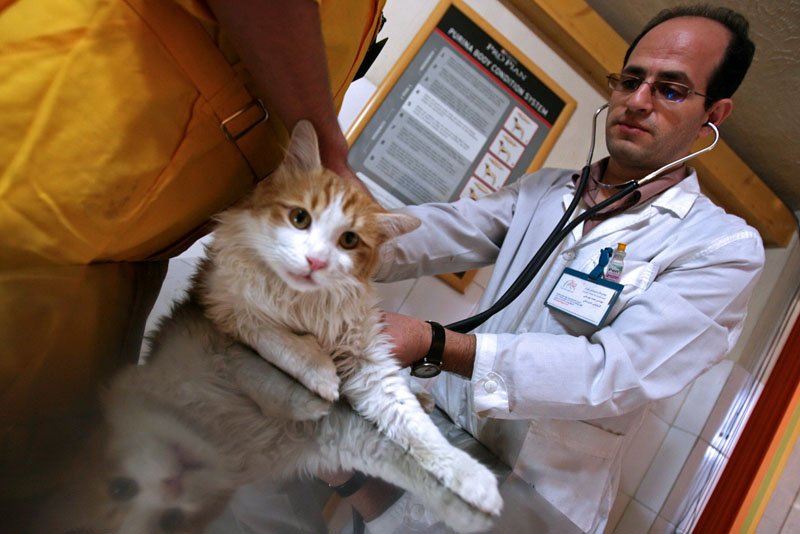
Sometimes, a cat’s reluctance to bond is rooted in deeper behavioral or medical issues. If your cat shows signs of severe anxiety, aggression, or sudden changes in behavior, it’s important to consult a veterinarian or certified feline behaviorist. Medical problems like pain, dental disease, or thyroid issues can affect mood and social behavior. A professional can help you develop a tailored plan to support your cat and address any underlying issues. Seeking help isn’t a sign of failure—it’s a commitment to your cat’s well-being and happiness.
Exploring Enrichment Beyond the Home

For some cats, enrichment opportunities outside the home can help build confidence and spark curiosity. Consider safe, supervised time in a secure backyard or on a leash and harness. Window perches, bird feeders, and cat-safe plants provide mental stimulation and entertainment. Novel experiences, introduced gradually, can help shy or reserved cats expand their comfort zones. Always prioritize safety and never force your cat into unfamiliar situations. Enrichment is about offering choices, not demands.
Celebrating Every Step Forward

Progress with a cat that bonds differently can be slow and sometimes feel invisible. It’s important to celebrate every step, no matter how small. Did your cat make eye contact today? Did they come a little closer than usual? These moments are victories worth savoring. Share your successes with friends or fellow cat lovers who understand the journey. Keeping a journal of milestones can help you appreciate just how far you and your cat have come. Every bit of progress is a testament to your patience, love, and dedication.
Accepting and Loving Your Cat as They Are

At the end of the day, the most important thing you can do is accept your cat for who they are. Cats that bond differently aren’t broken or unloving—they’re simply unique. Embrace their quirks, honor their boundaries, and celebrate their individuality. The love you share may not look like what you expected, but it’s real and meaningful in its own way. Cherishing your cat’s distinct personality is the greatest gift you can give, and the foundation for a lifelong bond built on trust and respect.
Hi, I’m Bola, a passionate writer and creative strategist with a knack for crafting compelling content that educates, inspires, and connects. Over the years, I’ve honed my skills across various writing fields, including content creation, copywriting, online course development, and video scriptwriting.
When I’m not at my desk, you’ll find me exploring new ideas, reading books, or brainstorming creative ways to solve challenges. I believe that words have the power to transform, and I’m here to help you leverage that power for success.
Thanks for stopping by, Keep coming to this website to checkout new articles form me. You’d always love it!






